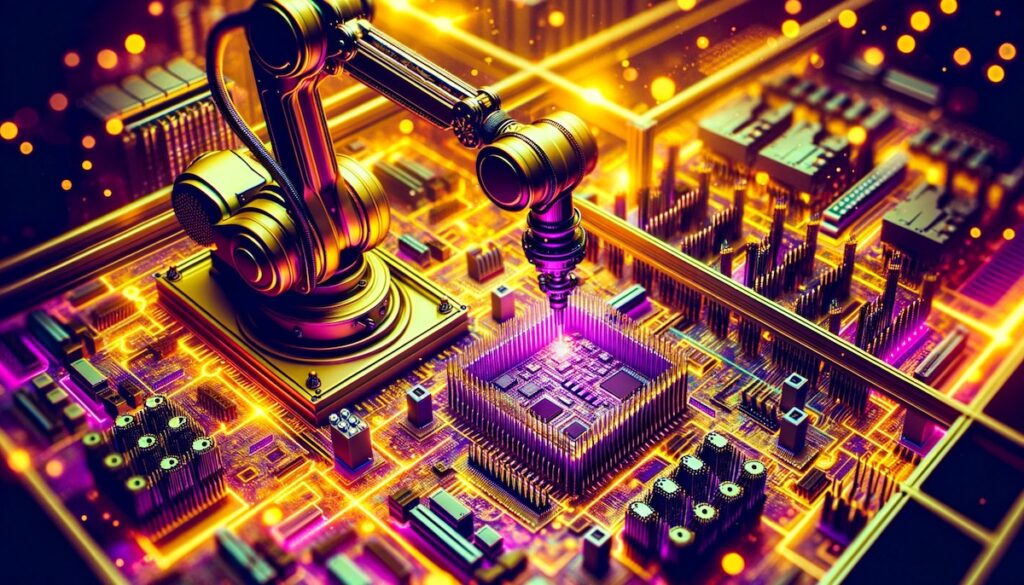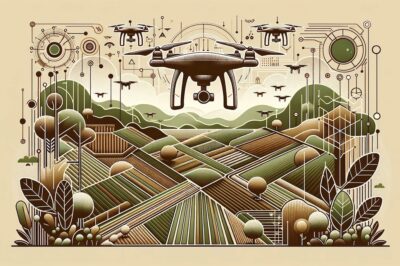As separate technologies, both Blockchain and the Internet of Things (IoT) have made significant impacts across various industries. However, when these two groundbreaking technologies intersect, the potential for innovation skyrockets. This blog post delves into how the convergence of Blockchain and IoT is creating new opportunities and revolutionizing multiple sectors.
What is Blockchain and IoT?
Before diving into their intersection, let’s briefly recap what each technology brings to the table. Blockchain is a decentralized ledger that allows for secure, transparent, and tamper-proof record-keeping. It excels in environments where trust, traceability, and security are paramount.
IoT, on the other hand, refers to the network of physical devices—from household appliances to industrial machines—embedded with sensors, software, and other technologies to collect and exchange data. IoT has been instrumental in automating tasks and bringing greater intelligence to various aspects of daily life and business operations.
Why Combine Them?

The primary benefit of integrating Blockchain and IoT lies in enhanced security and trust. IoT networks often involve multiple devices transmitting data, potentially creating vulnerabilities that can be exploited. Blockchain can address this by ensuring that data transactions are secure, transparent, and immutable. The decentralized nature of Blockchain removes single points of failure, thereby fortifying the network against attacks.
Supply Chain Transparency
One of the most promising applications of this convergence is in supply chain management. IoT sensors can monitor the conditions and locations of goods as they move through the supply chain, generating valuable data. When this data is recorded on a Blockchain, it becomes tamper-proof and transparent to all parties involved, including suppliers, distributors, and consumers. This can significantly enhance traceability, reduce fraud, and even streamline regulatory compliance.
Smart Contracts in IoT
Blockchain’s smart contracts can automate various IoT-related operations. For example, in a smart home, a thermostat could be programmed to automatically order more fuel when it detects that the fuel tank is running low. Payment and delivery could then be automatically arranged via smart contracts, creating a seamless, automated experience.
Data Sharing and Monetization
Blockchain can also facilitate secure, peer-to-peer data sharing between IoT devices. Users could potentially monetize the data generated by their devices by sharing it securely through a blockchain-based marketplace. For example, data from a network of agricultural sensors could be sold to research institutions or agricultural firms, providing an additional revenue stream for farmers.
Challenges Ahead
Despite its promise, the combination of Blockchain and IoT is not without its challenges. Scalability is a concern, as both technologies can generate significant amounts of data. Energy consumption, especially for proof-of-work based Blockchains, is another issue. Furthermore, both technologies still face regulatory uncertainty that could impact their adoption and integration.
Conclusion
The intersection of Blockchain and IoT presents a compelling landscape ripe for innovation. From strengthening security to enabling new business models, the synergies between these technologies offer transformative potential. While there are challenges to overcome, the potential benefits make this convergence one of the most exciting areas to watch in the technology space. As both Blockchain and IoT continue to mature, their integration will likely become increasingly sophisticated, unlocking even greater possibilities for innovation and transformation.



